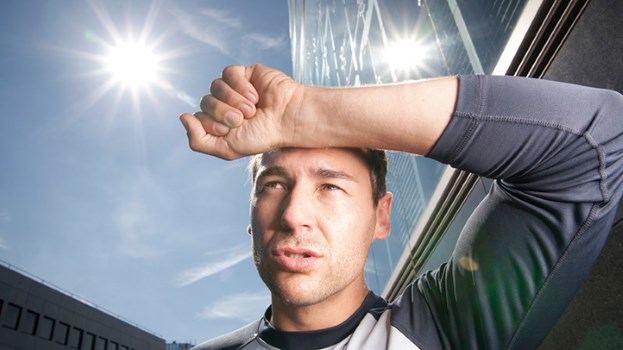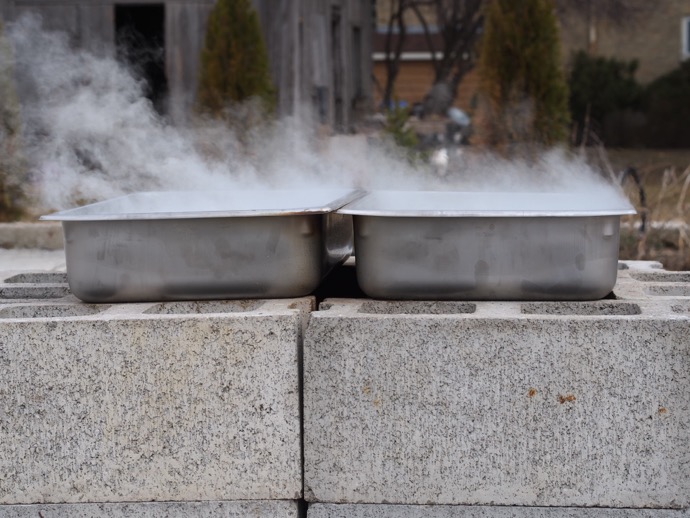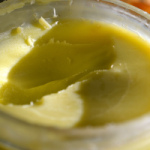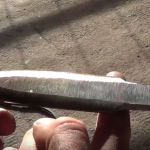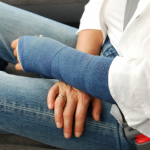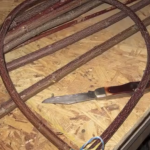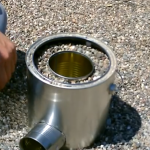The Benefits and Dangers of a Dry Heat
As temperatures in arid parts of the country begin to rise, it’s important to consider how they impact our daily lives. There are many benefits to a dry heat, but there are also a number of risks that are often easy to ignore. Let’s take a few moments to remind ourselves of these unique characteristics in order to make the most of the hot, dry season while minimizing danger.
Evaporation Occurs Quickly

One of the most obvious features of dry heat is that moisture evaporates very quickly. In fact, many people don’t even sweat in arid conditions because the water simply leaves the body and causes the skin to dry out. Fast evaporation is great for drying clothes, dehydrating foods or causing paint to dry more quickly. However, it also depletes the body of water faster than in humid conditions as well.
The biggest danger of arid heat is that we don’t feel as hot as we do in humid climates. Humid air is heavy, thick and oppressive. We feel it immediately when we go outside and our clothing usually becomes drenched with moisture. Dry heat has the opposite effect. It is not uncommon to be in 115 degree heat and feel more comfortable than you do in 85 degrees in more moist areas of the country.

However, we can lose water at almost three times the rate, and this makes dehydration a big concern. This is why so many people die in the desert, because they don’t even know they’ve lost so much water in such a short period of time.
Supplies Dwindle Faster
The other danger is that we go through water supplies much more quickly as well. Water evaporates at an astounding rate, which means that even our rainwater collection systems, pools, cisterns or stockpiles of barrels or bottles are subject to vanishing into thin air. Burying, covering or placing these items in shady places will help to slow the rate of evaporation, but it will occur nonetheless. It’s important to account for this problem if you are maintaining a steady stockpile of water for long-term survival, because those supplies can become depleted a lot sooner than you may think.
Heat Exhaustion is More Dangerous

Due to the fact that we don’t feel the effects of the heat, it is very easy to over-exert ourselves. The symptoms of heat exhaustion can creep up faster and with greater intensity, and this catches a lot of people off guard. It’s important to take frequent breaks, remain consistently hydrated throughout the day and wear appropriate clothing to stay cool as much as possible. It is also important to take advantage of the shade because the shelter from the sun provides more protection than in humid conditions.
Finally, we’ve heard this time and time again, but it is worth remembering. Limit activities during the hottest parts of the day in order to conserve energy and water. Get jobs done in the early morning and late afternoon.
Temperatures in arid climates begin to rise sharply much sooner than in other parts of the country. Usually daytime highs can be in the mid 90s in early May, with temperatures soaring into the 100s by June. Start to prepare now so that you will be ready to adapt and cope with these extreme temperatures when the hot season arrives. Update your survival kits and emergency plans to account for these extremes so that you will be in a better position to minimize risk during an unexpected crisis.


